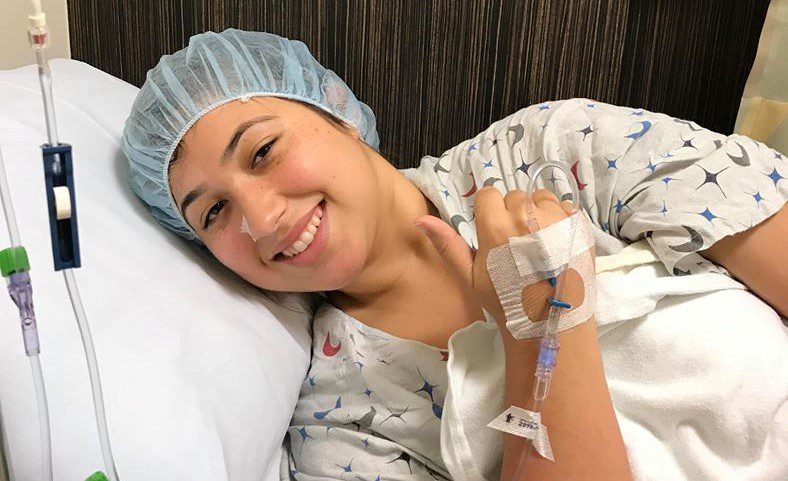
Acquired Chiari Malformation
-

Understanding Your Head and Neck Pain
You Might Have More Than A Migraine If… High-Pressure Headaches Those that suffer from high pressure tend to feel pressure behind the eyes (often mistaken for sinus headaches) and report feeling like their “head is going to explode” from the pressure. High-pressure headaches are generally characterized by being worse when laying down – often awaking…
-

The Denelle Crespo Story – A Chiari Warrior’s Journey
I was what you would consider a “typical developing child” growing up, I did not have any health issues and was able to enjoy much of my childhood. My journey to finding answers in regard my health began at 15 years old, when I began rapidly losing my vision in my left eye. I dealt…
